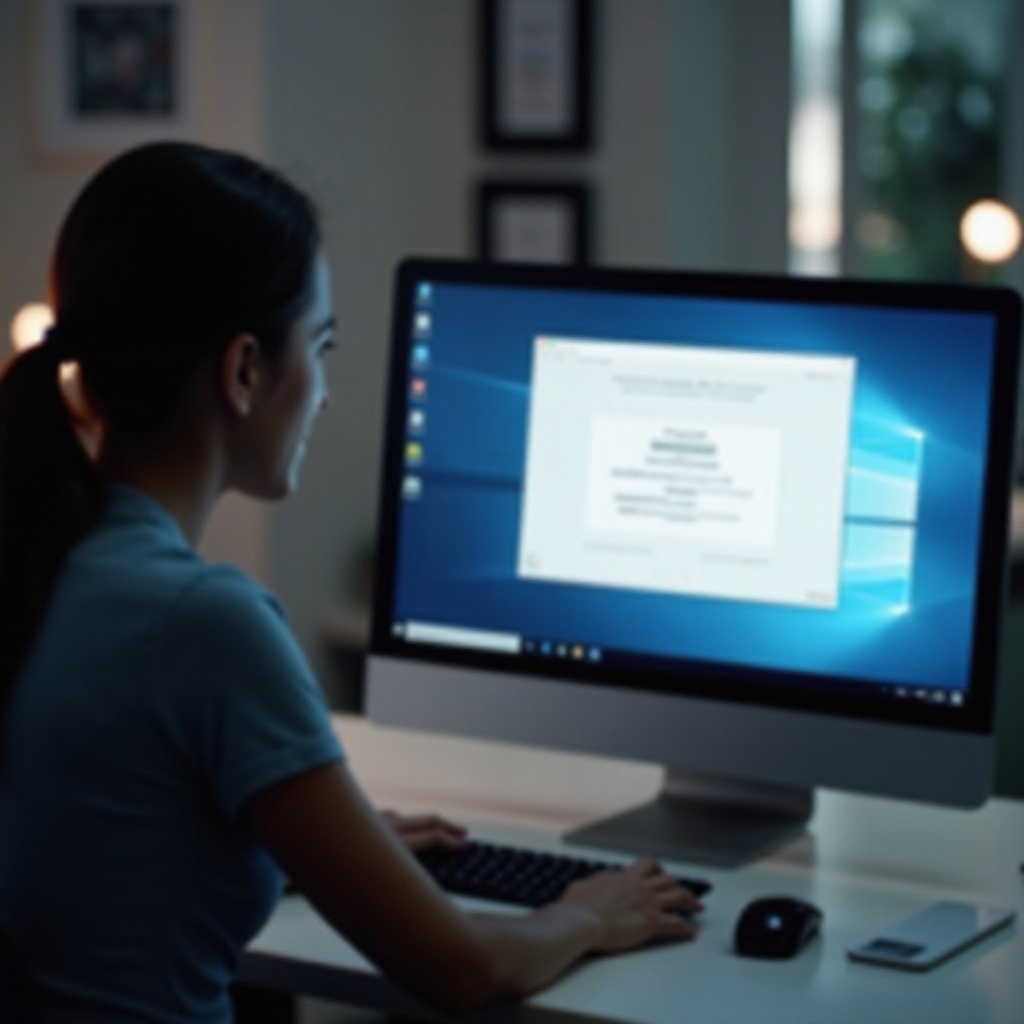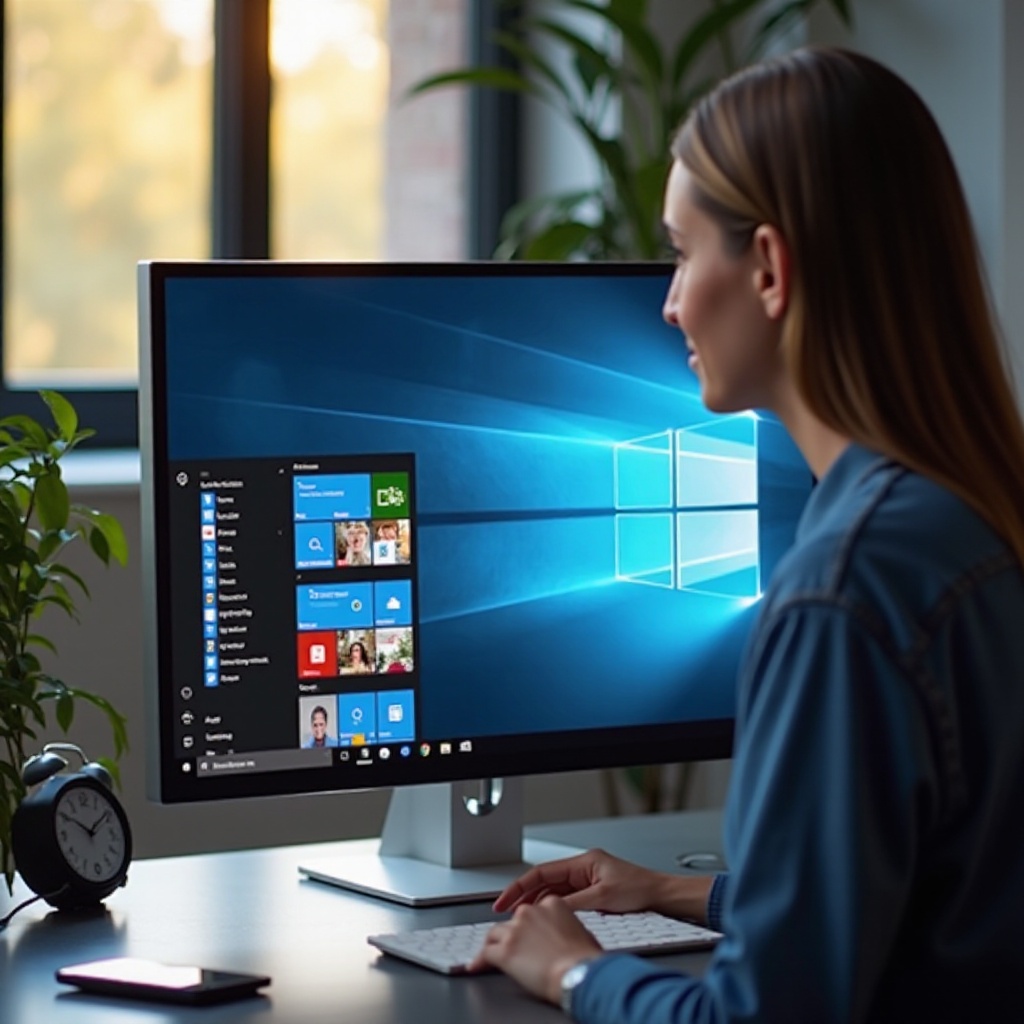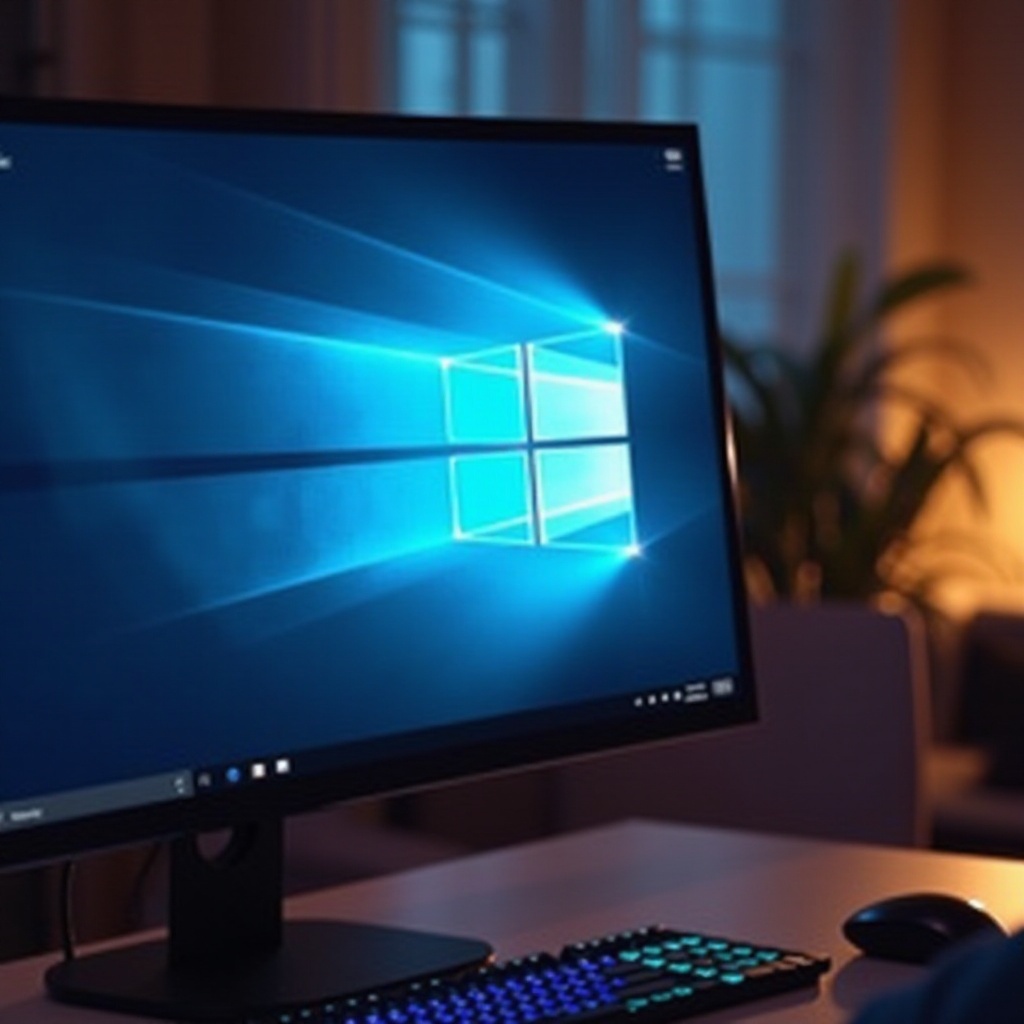How to Master the Windows 10 Screenshot Pop-Up Feature
Introduction
Screenshots serve as an essential tool for quickly capturing visual information. With Windows 10, the inclusion of the screenshot pop-up feature has made this task even more streamlined, offering users immediate access and enhanced functionality. Whether you’re a seasoned tech enthusiast or a beginner, mastering this feature can significantly elevate your productivity and efficiency in digital tasks. In this comprehensive guide, we will delve into how you can leverage the Windows 10 screenshot pop-up feature to manage, capture, and customize images effectively. By understanding its nuances, you’ll be better equipped to utilize this tool in optimizing your workflow.

Understanding Windows 10 Screenshot Pop-Ups
Gaining insight into the Windows 10 screenshot pop-up feature is pivotal for effective utilization. These pop-ups simplify the process of capturing and managing screen images by providing instant access to a suite of functionalities designed to improve user experience seamlessly.
What Are Screenshot Pop-Ups?
Screenshot pop-ups in Windows 10 are tiny dialog boxes appearing immediately after a screenshot is taken. They offer users a straightforward way to view, edit, or share screenshots with ease, cutting out the cumbersome navigation through numerous folders. These pop-ups not only provide a visual preview of the image but also offer quick editing options directly from the pop-up.
Benefits of Using Screenshot Pop-Ups
The advantages of using screenshot pop-ups are manifold, mainly in time-saving and workflow efficiency. By negating the necessity to trawl through file directories, they streamline the entire process. Their editing capabilities further enhance this by allowing real-time modifications such as annotations or highlights. Additionally, features like instant sharing make collaborative efforts more efficient, adding to its overall utility.
As you grasp the advantages offered by screenshot pop-ups, learning to activate and navigate them effectively can further enhance your digital experiences.

How to Enable and Use the Screenshot Pop-Up in Windows 10
For those navigating the Windows 10 environment, activating and proficiently using the screenshot pop-up can make daily digital tasks much more manageable. Follow these steps to enable and harness this tool to its fullest potential.
Enabling the Screenshot Pop-Up Feature
- Access the Settings Menu: Start by opening your computer’s settings via the Start Menu and clicking the gear icon.
- Navigate to Ease of Access: Within this menu, select “Ease of Access” to explore the screen management features available.
- Activate Keyboard Shortcuts: In the “Keyboard” section, ensure that the “Print Screen Shortcut” is enabled, allowing you to trigger screenshot pop-ups with ease.
Taking Screenshots and Managing Pop-Ups
- Capture a Screenshot: Press the “Print Screen” button on your keyboard for a complete screen grab.
- View the Pop-Up: The screenshot pop-up will appear at the lower right corner of your screen immediately afterward.
- Edit or Save: Utilize the pop-up options to edit or save the image as needed. Select “Edit” to open it in editing tools like Windows Snipping Tool or save it directly to your desired location.
Upon mastering the basic functions of the screenshot pop-up, customizing your experience can provide further benefits and control.

Customizing Your Screenshot Experience
Fine-tuning your screenshot settings allows more control over how images are captured and managed, tailoring the feature to your precise requirements.
Adjusting Screenshot Settings for Optimal Use
- Change Default Save Location: Amend the default save location in the Snipping Tool settings, directing your files right where you need them.
- Select Preferred Screenshot Mode: Opt for the screenshot mode that best meets your needs – full screen, rectangular, or specific windows, by adjusting them within Snipping Tool options.
- Set Up Delay for Screenshots: Use delay timers within screenshot tools to precisely capture dynamic content or multi-step actions without missing critical information.
Integrating with Other Windows 10 Features
- OneNote Integration: Screenshot pop-ups in Windows 10 can be seamlessly transferred to OneNote, facilitating efficient note-taking.
- Clipboard Synchronization: Synchronize your screenshots with the clipboard to access them effortlessly across multiple applications.
By tweaking these components, you enhance the overall utility offered by Windows 10’s screenshot features, seamlessly integrating them with your daily tasks.
Troubleshooting Common Issues
While useful, you may experience issues with the screenshot pop-up feature. Below is how you can resolve frequent problems encountered.
Pop-Up Not Appearing
- Check Keyboard Shortcuts: Ensure that the “Print Screen” shortcut is active in settings.
- Update Windows: Out-of-date software might lead to disruptions. Keep your Windows OS current.
- Check Notification Settings: Confirm pop-ups are permitted in your notification settings via “Settings” > “System” > “Notifications & actions” to prevent restrictions from blocking them.
Delayed Pop-Up Notifications
- Exit Background Applications: Often, background programs can cause delays. Close unnecessary applications for smoother operation.
- Increase System Resources: Delayed notifications might be a result of insufficient system resources. Enhance memory allocation through virtual memory settings in “System” properties.
Addressing these issues can ensure the screenshot pop-up feature operates flawlessly on your device.
Advanced Tips for Power Users
For those looking to leverage more from their Windows 10 machines, several advanced techniques can further enhance the functionality of screenshot pop-ups.
Using Third-Party Tools in Conjunction
Utilize third-party apps like Snagit or Lightshot, which provide advanced editing and sharing functionalities. These can be integrated seamlessly with Windows 10’s inherent features for a more enriched experience.
Automation for Frequent Tasks
Automate repetitive processes with solutions like AutoHotkey, enabling complex screenshot actions through simple keystroke sequences, conserving time and effort.
With these strategies, you can harness the full potential of Windows 10 screenshot pop-ups, leading to a more dynamic and efficient technology experience.
Conclusion
Mastering the Windows 10 screenshot pop-up tool provides a vital boost to productivity and streamlines digital tasks effectively. This comprehensive guide has equipped you with the knowledge to capture, manage, and customize screenshots fittingly for any personal or professional endeavor. By following these outlined steps and advanced tips, you can fully harness the potential of this feature to maximize your Windows 10 usage.
Frequently Asked Questions
How do I access my screenshot pop-ups in Windows 10?
Press the ‘Print Screen’ button, and the pop-up will appear on your screen, offering options to edit or save the screenshot.
Can I disable screenshot pop-ups if I don’t need them?
Yes, disable the ‘Print Screen Shortcut’ in the settings under ‘Ease of Access’ to turn off pop-up notifications.
What should I do if my screenshot pop-ups are not working?
Check your keyboard shortcut settings, ensure your Windows OS is updated, and verify background apps are not interfering.
